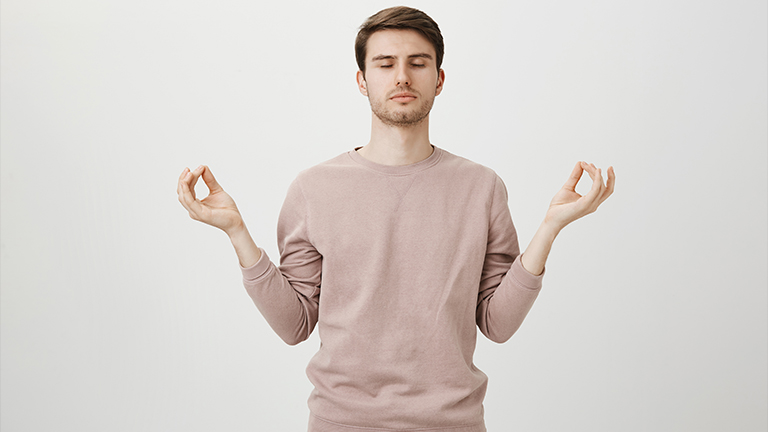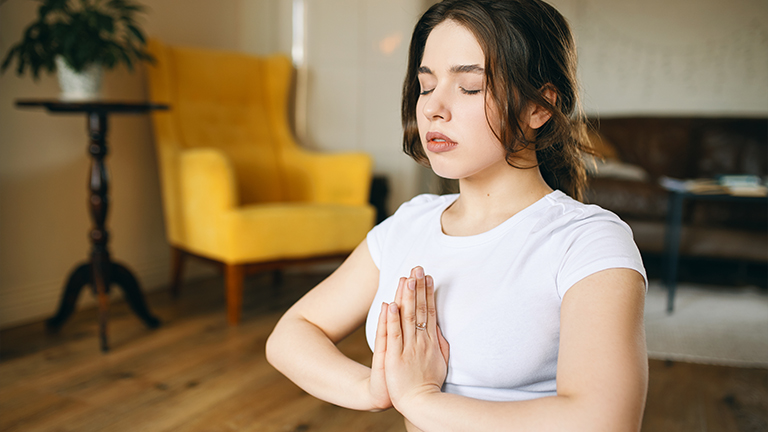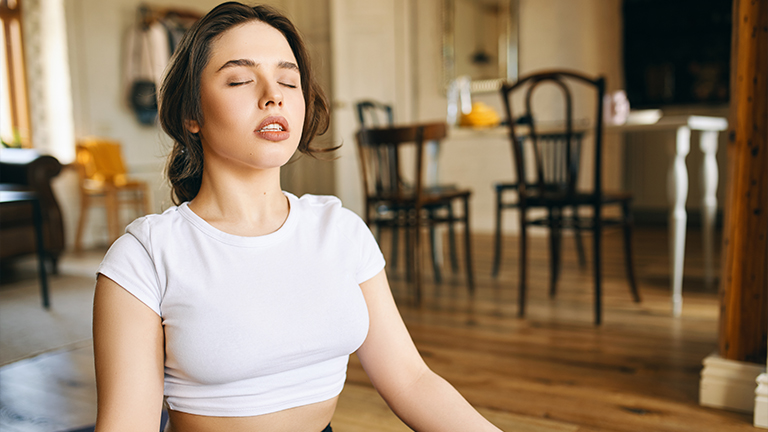Breathing is an automatic process, yet most people don’t use their full lung capacity. Over time, poor breathing habits, pollution, and a sedentary lifestyle can weaken the respiratory system. The good news? Breathing exercises can strengthen your lungs, improve oxygen flow, and enhance overall well-being.
In this guide, we’ll explore the best breathing exercises for lung health, their benefits, and how to perform them correctly. Whether you’re an athlete, someone with respiratory issues, or just looking to boost lung function, these techniques can help.
Why Breathing Exercises Improve Lung Health
The lungs rely on the diaphragm and surrounding muscles to function efficiently. Shallow breathing (common in stress and poor posture) limits oxygen intake, while deep breathing exercises enhance lung capacity and oxygen exchange.
Benefits of Deep Breathing for Lung Capacity
- Increases oxygen supply to blood and tissues
- Strengthens respiratory muscles (diaphragm, intercostals)
- Improves lung elasticity, preventing stiffness
- Enhances toxin removal through deeper exhalation
- Reduces stress, promoting relaxation
How Breathing Exercises Strengthen the Respiratory System
By practicing controlled breathing techniques, you train your lungs to:
- Expand more fully
- Improve air circulation in alveoli (tiny air sacs)
- Strengthen diaphragm efficiency
- Enhance endurance in athletes and singers
Top 5 Best Breathing Exercises for Lungs
Here are the most effective breathing techniques backed by science and pulmonary experts:
1. Diaphragmatic Breathing (Belly Breathing) – Best for Deep Lung Expansion
Also called belly breathing, this technique engages the diaphragm for maximum oxygen intake.
How to do it:
- Sit or lie down comfortably, placing one hand on your chest and the other on your belly.
- Inhale deeply through your nose, letting your belly rise (chest should stay still).
- Exhale slowly through pursed lips, contracting your abdominal muscles.
- Repeat for 5-10 minutes daily.
Benefits:
✔ Improves oxygen exchange
✔ Reduces shortness of breath
✔ Strengthens diaphragm
2. Pursed Lip Breathing – Enhances Oxygen Exchange
Ideal for COPD and asthma patients, this technique slows breathing to keep airways open longer.
How to do it:
- Inhale slowly through your nose for 2 seconds.
- Pucker your lips (like blowing out a candle) and exhale for 4 seconds.
- Repeat for 5-10 minutes.
Benefits:
✔ Prevents air trapping in lungs
✔ Reduces breathlessness
✔ Improves lung efficiency
3. Box Breathing (4-4-4-4 Technique) – Boosts Lung Efficiency
Used by Navy SEALs, this method enhances lung control and stress relief.
How to do it:
- Inhale for 4 seconds.
- Hold breath for 4 seconds.
- Exhale for 4 seconds.
- Hold lungs empty for 4 seconds.
- Repeat for 5 cycles.
Benefits:
✔ Increases lung capacity
✔ Calms the nervous system
✔ Enhances focus
4. Pranayama (Alternate Nostril Breathing) – Yoga-Based Lung Strengthening
A yoga breathing exercise that balances oxygen flow.
How to do it:
- Sit straight, close the right nostril with your thumb.
- Inhale through the left nostril for 4 seconds.
- Close the left nostril, hold for 4 seconds.
- Exhale through the right nostril for 4 seconds.
- Repeat on the opposite side.
Benefits:
✔ Balances respiratory function
✔ Reduces stress
✔ Improves lung endurance
5. Deep Cough Technique – Clears Lungs for Better Airflow
Helps clear mucus in people with bronchitis or COPD.
How to do it:
- Take a deep breath through your nose.
- Hold for 3 seconds.
- Cough forcefully 2-3 times from the diaphragm.
- Repeat as needed.
Benefits:
✔ Clears excess phlegm
✔ Improves airway clearance
✔ Prevents lung infections
How to Perform Each Breathing Exercise Correctly
- Posture matters: Sit or stand straight for optimal lung expansion.
- Start slow: Begin with 5 minutes daily, gradually increasing.
- Avoid overexertion: If dizzy, pause and breathe normally.
Common Mistakes:
- Chest breathing (not using the diaphragm)
- Holding breath too long (can cause lightheadedness)
- Rapid, shallow breaths (reduces effectiveness)
Breathing Exercises for Specific Conditions
Asthma & COPD Patients
- Pursed lip breathing prevents airway collapse.
- Diaphragmatic breathing reduces respiratory effort.
Athletes & Singers
- Box breathing improves endurance.
- Pranayama enhances breath control.
Stress Relief & Relaxation
- 4-7-8 breathing (inhale 4s, hold 7s, exhale 8s) calms the mind.
Scientific Evidence: Do Breathing Exercises Really Help?
- A 2020 study in Chest Journal found that diaphragmatic breathing improved lung function in COPD patients.
- Pranayama was shown to increase lung capacity in a Journal of Ayurveda study.
- Pulmonologists recommend pursed lip breathing for better oxygen exchange.
Tips to Maximize the Benefits of Breathing Exercises
- Best time to practice: Morning (fresh air) or before bed (relaxation).
- Combine with cardio: Walking, swimming, or cycling enhances lung power.
- Track progress: Use a spirometer to measure lung capacity improvements.
FAQs About Breathing Exercises for Lungs
Can breathing exercises increase oxygen levels?
Yes! Deep breathing improves oxygen saturation in the blood.
How long should you do breathing exercises daily?
5-15 minutes daily is ideal for noticeable benefits.
Are there risks to breathing exercises?
Overdoing it may cause dizziness. Those with severe lung conditions should consult a doctor first.
Conclusion
The best breathing exercises for lungs—diaphragmatic breathing, pursed lip breathing, box breathing, pranayama, and deep coughing—can significantly improve respiratory health. Whether you want to increase lung function, manage a condition, or boost endurance, these techniques offer proven benefits.
Start with 5 minutes daily, focus on proper form, and track your progress. Your lungs will thank you!
Do you practice breathing exercises? Share your experience in the comments!



